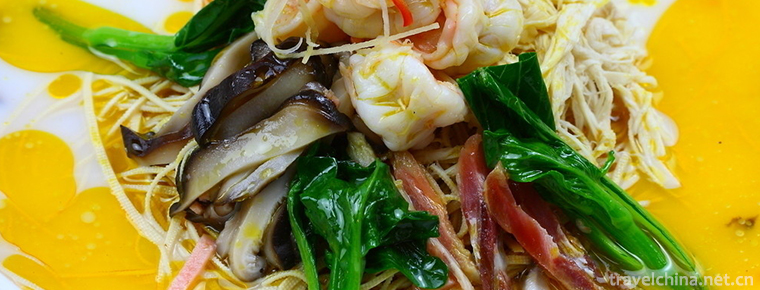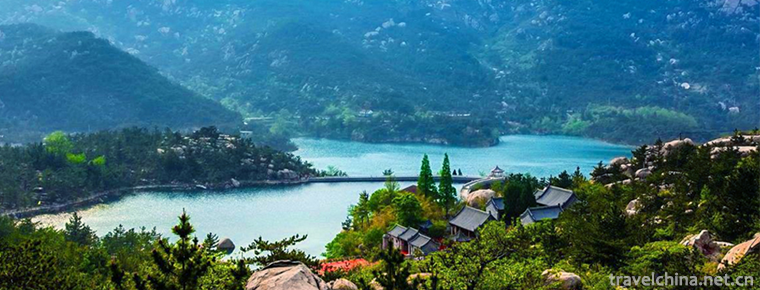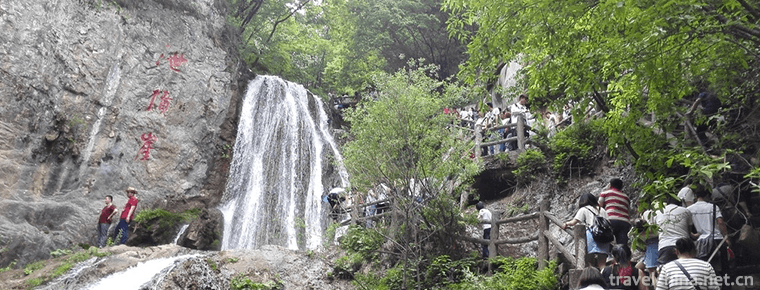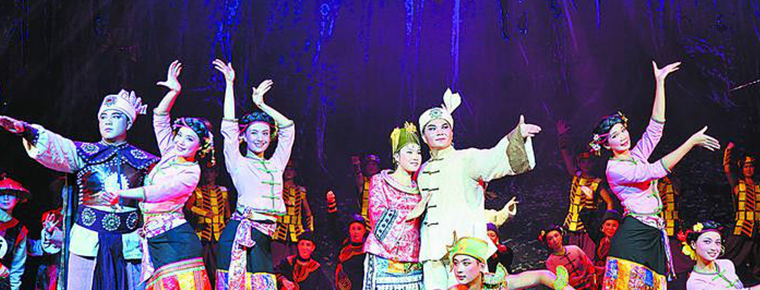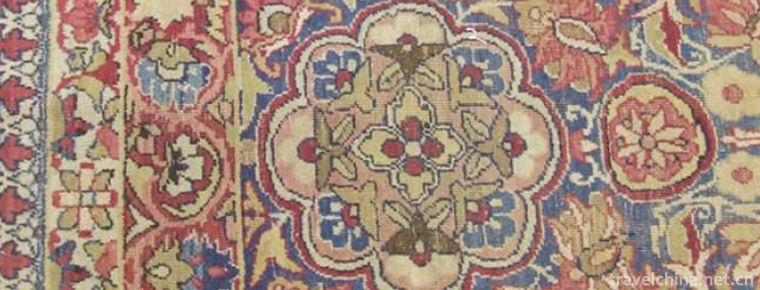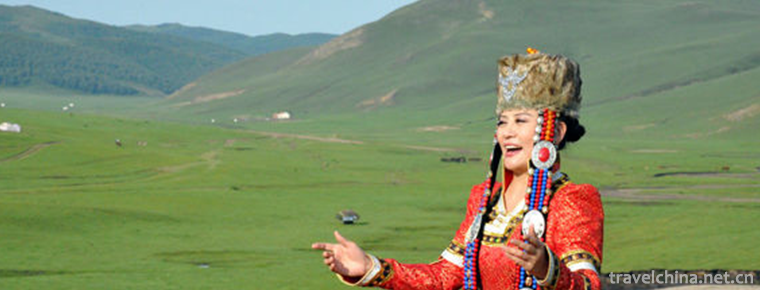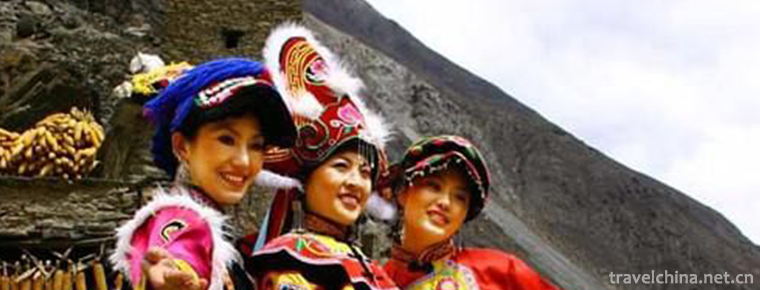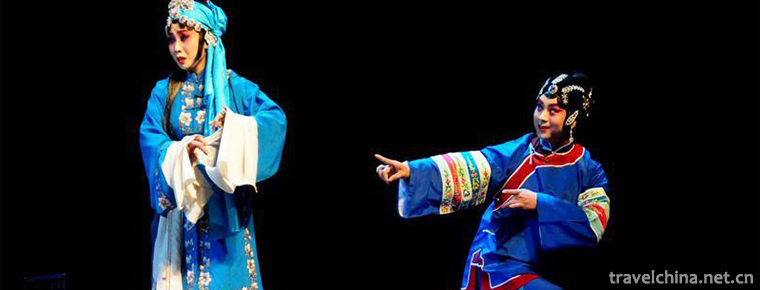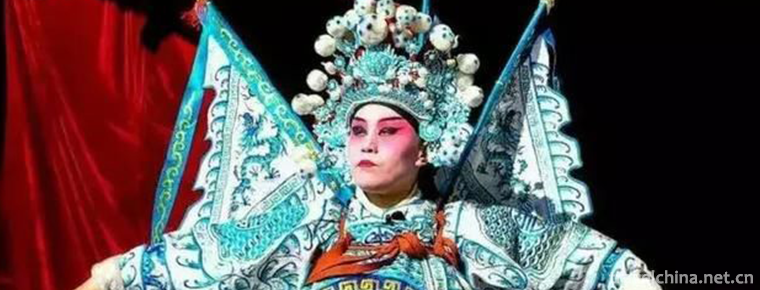Mount Wuyi
Wuyi Mountain, Wuyi Mountain is located at the junction of Jiangxi and northwest Fujian Province. The southeastern foot of Wuyi Mountain has a total area of 999.75 square kilometers. It is a famous scenic spot and summer resort in China. is a typical Danxia landform. It is one of the first state-level key scenic spots.
Wuyishan is a famous mountain of three religions. Since the Qin and Han Dynasties, Mount Wuyi has been the habitat of plume Zens, leaving behind many palaces, monasteries and nunneries. Wuyishan was once a place for Confucianism to advocate lectures.
Wuyishan Nature Reserve is the best protected and most species-rich ecosystem in the same latitude region of the earth. It has 2 527 species of plants and nearly 5 000 species of wildlife.
Wuyi Mountain is a dual heritage of world culture and nature, World Biosphere Reserve, National Key Cultural Relics Protection Unit (Wuyi Mountain Cliff Tomb Group), National Key Scenic Spot , National AAAAA Class Scenic Spot, National Nature Reserve , National Water Conservancy Scenic Spot, National Ecotourism Demonstration Area, national civilized scenic tourist area demonstration site .
In August 3, 2016, the National Tourism Administration held a news conference to warn Fujian Wuyishan scenic area. in July 9, 2017, Jiangxi's lead mountain Wuyishan was successfully listed in the world cultural and natural heritage site.
Wuyishan is located in Yanshan County of Jiangxi province and Wuyishan city of Fujian province.
Geological and geomorphology
Wuyishan mainly distributes metamorphic rock series of pre-Sinian and Sinian, Mesozoic volcanic rock, granite and clastic rock.
In the late Mesozoic, a strong volcanic eruption took place in Wuyishan, followed by large-scale granite intrusion. It has been found that there are abundant volcanic institutions in this area, which is a typical tectonic feature of the eastern Asia Pacific Rim. The red conglomerate in the late Cretaceous is the main body of the Danxia landform.
The crustal movement of Mesozoic era laid the basic framework of Wuyishan landform. The mountain peaks above 1500m above sea level in the West are basically composed of hard tuff lava and rhyolite, while the red sandy shale areas in the East often have wider valleys and basins. Therefore, the abundant geomorphic types in Wuyi Mountains are the result of geological structure, flow erosion, weathering and denudation, gravity collapse and so on.
climate
Wuyi Mountain has four distinct seasons in the middle subtropical zone. The temperature of Wuyi Mountain is more uniform, mild and humid in all seasons. The average annual temperature is about 12 ~13, the average January temperature is about 3, the extreme minimum temperature is - 15, the average July temperature is 23 ~24, and the annual precipitation is over 2000 mm, which is the most precipitation area in Fujian Province. The relative humidity is 85% and the fog days are more than 100 days.
In 1979, Wuyishan Nature Reserve was listed as a national key natural reserve.
In 1982, Wuyishan was listed as a national key scenic spot.
In 1987, the Wuyishan Nature Reserve was listed by the United Nations Educational, scientific and Cultural Organization (UNESCO) in the world's human and biosphere.
In 1992, the Wuyishan Nature Reserve was listed as a global biodiversity conservation area by the United Nations.
In 1992, the State Council approved the establishment of the national tourist resort of Wuyishan.
In September 1993, the State Council approved the establishment of Wuyishan air port as one of the state's ports.
In January 1999, it was named by the National Tourism Administration as the first Chinese excellent tourist city
In October 1999, it was awarded the second batch of demonstration sites of civilized scenic spots by the Central Civilization Office, the Ministry of National Construction and the State Tourism Administration.
In 2003, it was named "one of the ten famous mountains in China" by the state.
In 2007, it was named the first national AAAAA class tourist city by the National Tourism Administration.
In 2010, it was named as one of the ten happiest places in the world by the authoritative travel series "Guidelines for Lone Star Travel".
In 2012, Wuyishan was awarded the title "charming city with Chinese characteristics"
In 2013, Wuyi Mountain was named "the most beautiful scenic spot in China" by the famous American media CNN.
In November 2013, Dongxi reservoir in Wuyishan was appraised as the National Water Conservancy Scenic Spot by the Ministry of water resources of the PRC.
In December 3, 2013, it was listed in the national eco tourism demonstration area by the National Tourism Administration.
In December 20, 2013, the ruins of Seoul in Wuyishan were listed in , a National Archaeological Park.
In December 2013, Wuyishan was selected as the 2013 top 100 tourism competitive County in China, ranking thirteenth.
The New Economy Foundation (NEF), announced by the British Telegraph in February 2014, rated the global ecology and human living environment as one of the top 10 places in the world with the highest happiness index.
In December 2015, it was awarded the "2015 year pioneer of Internet + tourism in China" by Xinhua, China Internet + tourist attractions and big data application alliance.
Wuyishan is a famous historical and cultural mountain. As early as in the Neolithic age, the Ancient Vietnamese people have been living here. Today, the cliff cliff cliff left on the "Qiao boat" and "Hongqiao board," is the unique burial customs of ancient Yue people. In the Western Han Dynasty, Emperor Wu sent messengers to Wuyishan to worship the Wuyi king with dry fish. In the Tang Dynasty, Tang Xuanzong was famous for all the famous mountains and rivers in the world. Wuyishan was also sealed by tables and recorded in stone. It is also clear that the protection of mountain forests is not allowed to be cut down. At the end of the Tang Dynasty and the beginning of the Five Dynasties, Du Guangting listed Wuyi Mountain as one of the thirty-six cave heavens in the world in "The Record of Dongtian Fudi", and called it "the sixteenth liter of Zhenyuan cave heaven". In the two years of song Shao Sheng (1095), the prayer rain was captured and the Wuyi king was seen as a real person.
Wuyishan is a famous mountain of three religions. Since the Qin and Han Dynasties, Mount Wuyi has been the habitat of plume Zen Buddhists, leaving behind many palaces, monasteries and nunneries. Wuyishan was once a place for Confucianism to advocate lectures.
There are many kinds of snacks in Wuyishan, such as Zixi powder, smoked goose, lean meat soup, Qingming dumpling, light cake, thousand-layer cake, flax rice, Zhuzi filial piety cake and so on. Among them, Zhu Zi Xiaomu cake was created by Zhu Xi, a Dali scholar in the Southern Song Dynasty, and Guangcai, the same as Zhu Zi Xiaomu cake, was named after the creator. During the Ming Dynasty, Qi Jiguang created Guangcakes to make it convenient for soldiers to carry dry food.
From the historical and scientific point of view, Wuyi Mountain has prominent and universal value. It can not only provide a unique witness to the disappeared ancient civilization and cultural tradition, but also has a direct and substantive relationship with the ideological civilization of Neo-Confucianism, which conforms to the 3rd and 5th standards of the world cultural heritage. Nature has given Wuyi Mountain a unique and superior natural environment, attracted successive generations of noble scholars, scholars and martial arts in the mountains or tours, or seclusion, or writing, or teaching, successive, you and I come and go. Natural landscape has cultivated people's temperament, inspired people's wisdom, spread human activities, developed Wuyi Mountain, and added luster to the natural landscape. The wisdom of the ancestors and the stopping of the literati have left numerous cultural relics on both sides of Jiuquxi River: 18 boat coffins erected immortally on high cliff walls for thousands of years; 35 academy sites of great Confucianism and elegance, such as Zhu Xi, You Xue, Xiong He, Cai Yuanding; and many ancient cliff stone carvings, which can be called the treasure house of ancient Chinese calligraphy and art. There were 13 bans on the protection of Wuyi mountains, rivers, animals and plants by the ancient government and villagers, and more than 60 temples and monasteries with monks and Taoists.






















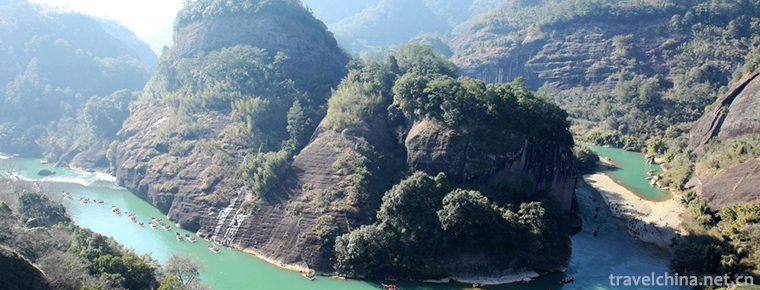
-
Braised Shredded Chicken with Ham and Dried Tofu
Braised Shredded Chicken with Ham and Dried Tofu, also known as chicken juice, boiled silk, the traditional dishes are Huaiyang cuisine.
Views: 197 Time 2018-10-27 -
two dragons mountain Erlongshan
Erlongshan is the first national AAAA class tourist area, known as "Harbin East Garden", located 50 km east of Harbin, 127 degrees east longitude 27 minutes 41 seconds, 45 degrees north lati.
Views: 174 Time 2018-12-22 -
Chongdugou Scenic Area
Zhongdugou Scenic Area, located in Luanchuan County, Luoyang City, Henan Province, was given the name of emperor because Liu Xiu, Emperor Guangwu of the Eastern Han Dynasty.
Views: 201 Time 2019-03-18 -
Dai opera
Dai Opera, one of the national intangible cultural heritage, is a traditional drama in Jingpo Autonomous Prefecture of Dai Nationality in Dehong, Yunnan Province..
Views: 84 Time 2019-04-23 -
Canadian Tibetan carpet weaving skills
Canadian Tibetan carpet weaving skills, traditional handicraft in Huangzhong County, Qinghai Province, one of the national intangible cultural heritage..
Views: 103 Time 2019-05-05 -
Mongolian Long tune Folk Songs
Mongolian long-tune Mongolian is called "Uri Tudao", which means long song. It is characterized by fewer words, long-lasting, soothing and free, suitable for narration, and longer lyric. .
Views: 194 Time 2019-06-04 -
Valorafo Festival of the Qiang Nationality
The "Valorafo Festival of the Qiang Nationality", known in Chinese as the "Song Fairy Festival" or "Leading Song Festival" and "Song Invitation Festival", is a .
Views: 172 Time 2019-06-10 -
Shangdang Erhuang
Pihuangqiang in Shangdang area is called Shangdang Erhuang. It is an independent opera with a history of more than 200 years. Locals call it "Tu Erhuang". At present, Shangdang Erhuang is on.
Views: 178 Time 2019-06-13 -
Tongzhou Bangzi
Tongzhou Bangzi originated in more than ten counties of Dali (Gutongzhou) Center in the east of Guanzhong, Shaanxi Province. Accompanied instruments, besides drum beating, are also named for their str.
Views: 93 Time 2019-06-21 -
Hunter peak
Hunter peak is located in the Shuangqiao gully of Siguniang mountain, with an altitude of 5360 meters and adjacent to Jianzi mountain. The two peaks stand shoulder to shoulder, with a huge stone pillar in the middle.
Views: 231 Time 2020-11-05 -
Geographical environment of Mianyang
Mianyang City is located in the northwest of Sichuan Basin, in the middle and upper reaches of Fujiang River, bordering Qingchuan county and Jiange County of Guangyuan City in the East, Shehong city and Daying County in Suining City in the south, Luojiang.
Views: 324 Time 2020-12-14 -
Yibin cultural characteristics
History of wine: Yibin has been a multi-ethnic area since ancient times. Relying on the customs and experience inherited from generation to generation, the people of all ethnic groups in this area have brewed their own historical wine in different historical peri.
Views: 118 Time 2020-12-18
